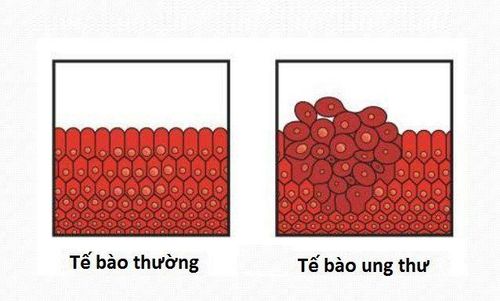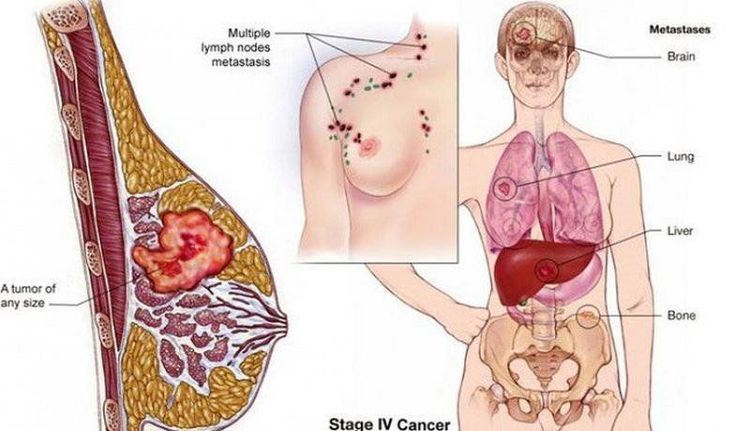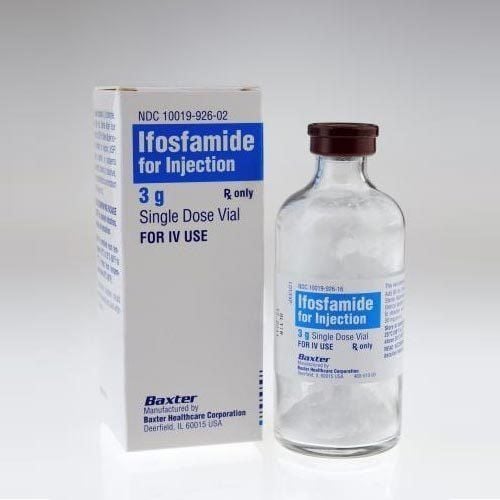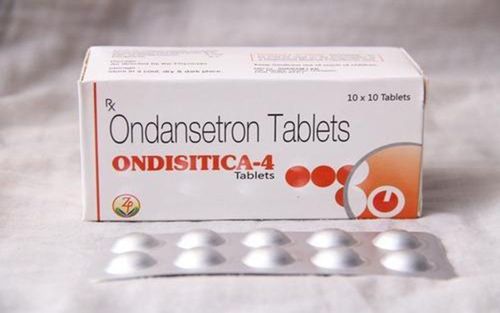This is an automatically translated article.
Cancer is a dangerous disease that makes any patient afraid. Therefore, where cancer stem cells form or how cancer cells develop is also a matter of great interest and interest to many people.1. Cell activity
Our body is made up of trillions of cells, which join together to create tissues and organs. Inside the nucleus of every cell are genes (chromosomes) that control cell growth, activity, division, or death. Normally, for a healthy body, the cells will always follow the instructions of the genes.
A normal chromosome is responsible for informing cells about the right time to grow and divide. Cell division means making copies of themselves, from one dividing into 2 identical cells, then the 2 cells dividing into 4 and so on. In adults, cells usually only grow and divide according to the body's needs, such as to replace old cells that have been aged or damaged.
2. How do cancer cells form?
When DNA is changed or damaged, it may lead to gene mutation. The mutant genes no longer function properly because the original order of the DNA has been reversed. At this time, the cells will divide and grow out of control, which leads to cancer.
From a healthy cell but carrying a mutated gene will form a cancer cell. Chromosomal mutations are often inherited or appear over time as people age. In addition, genes are also worn out due to negative external influences, including: cigarette smoke, alcohol or ultraviolet (UV) rays from the sun.
Cancer can form in any cell in the body and will behave very differently from a normal cell. Instead of dying when it is no longer useful, cancer cells continue to grow and divide out of control. They also cannot mature like other healthy cells and remain in an incomplete state forever. Although there are many different types of cancer, they all stem from growing cells that suddenly become abnormal and out of control. What are the characteristics that help differentiate cancer cells? In summary, an unusual cancer cell has the following characteristics:
Divides out of control Not mature enough to perform specific functions Destroys the immune system Does not comply with signals to stop dividing or die Loss of connection and spread to other parts of the body through the bloodstream or lymphatic system Damage to tissues and organs.

Tế bào ung thư tăng sinh vô tổ chức rất khác với tế bào thường
3. How do cancer cells develop?
Cancer cells need oxygen and nutrients from the blood just like normal cells to grow and survive. As cancer cells continue to proliferate, tumors also gradually form. A small tumor can easily grow thanks to the nourishment of nearby blood vessels.
However, as the tumor grows larger, more blood will be needed to supply all the cancer cells to continue to grow. Therefore, new blood vessels will form and help the tumor grow larger and larger. Through these blood vessels, cancer cells again invade and spread to other parts of the body. Drugs that block blood vessel growth, known as angiogenesis inhibitors, are being studied and considered for use in the hope of stopping tumors from growing, or even shrinking. .
4. Cancer cells invade and metastasize
As the tumor becomes larger, the cancer cells can spread to surrounding tissues with a push. Cancer cells also make enzymes that cause other healthy cells and tissues to break down. Cancer that occurs in tissues adjacent to the original site is called invasive cancer or malignancy.
Cancer cells can also progress to other parts of the body that are farther away from where they started. This process is called metastasis. Cancer cells metastasize when they break away from the tumor and travel to a new area in the body through the blood or lymphatic system.
Most cancers tend to spread to certain organs, most commonly the lymph nodes, bones, brain, liver and lungs or anywhere. From this feature, doctors have developed the concept of "stage" based on where cancer cells appear in the body compared to where they started. The staging system is usually divided into four parts, which are used to classify the extent of invasion and spread of cancer cells. Based on the stage of cancer diagnosis, the doctor will predict the next course of the disease, as well as choose the correct treatment regimen and appropriate care.

Tế bào ung thư xâm lấn (ác tính) và di căn đến các cơ quan khác
5. Cancer Recurrence
Many cancers can be cured, but sometimes they can come back soon after treatment or even years later. Because only one cancer cell is left, it is more likely to grow and divide to become a new tumor. This new tumor may form in an organ that has had cancer before, or it may be in another area when the cancer has spread. For this reason, doctors often add another treatment method right after the first cancer treatment, such as appointing a patient to have chemotherapy after surgery. This is called adjuvant therapy, with the goal of completely eliminating the remaining cancer cells in the body, preventing the cancer from coming back.
There are cases where the patient becomes resistant to the treatment that makes the treatment ineffective. Once there, a tumor that has shrunk or disappeared can still start to grow again and get bigger. This happens when genes inside cancer cells mutate, making them resistant to chemotherapy and other drugs the patient is taking. A new form of alternative treatment will be applied by the doctor for this case.
Around the question "Where do cancer stem cells form and how do they develop?", medical experts believe that genetic mutations or objective effects from life play a major role. In addition, the information related to invasive and metastatic cancer cells also helps cancer patients better understand their disease. Limiting the effect of damaging cells is helping to prevent the risk of dangerous cancers.
Please dial HOTLINE for more information or register for an appointment HERE. Download MyVinmec app to make appointments faster and to manage your bookings easily.
Reference source: Cancer.ca












